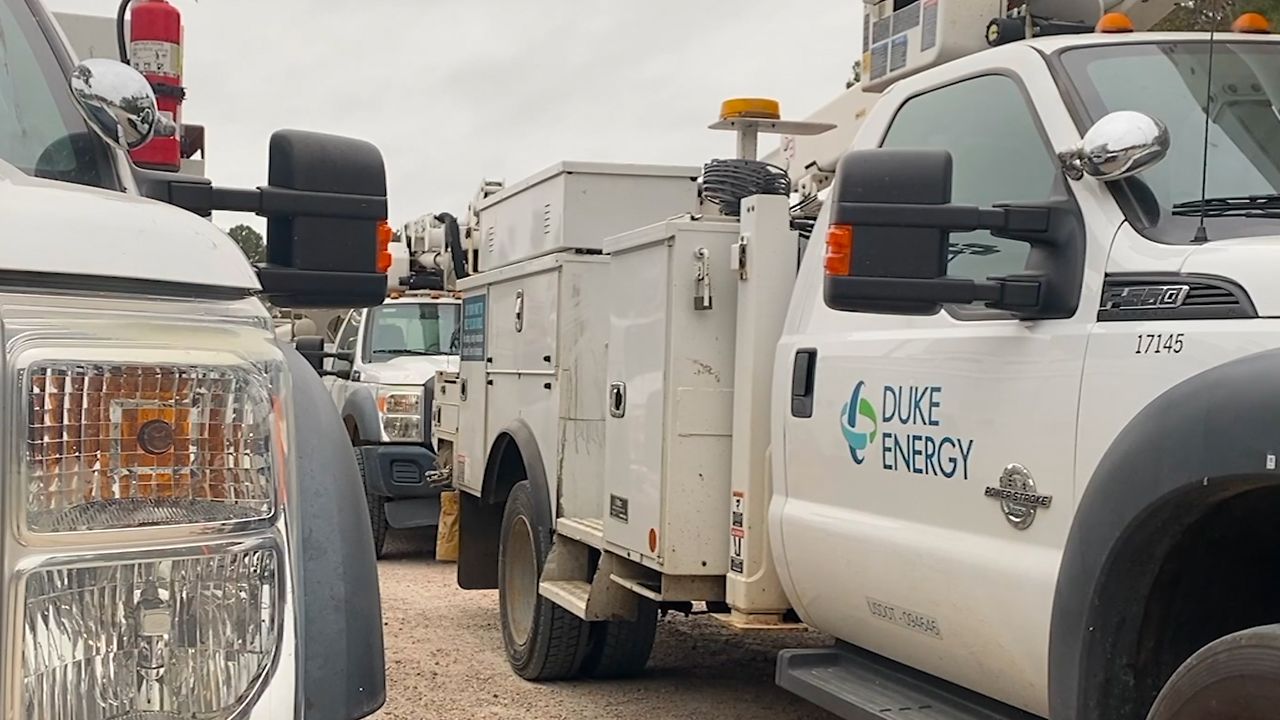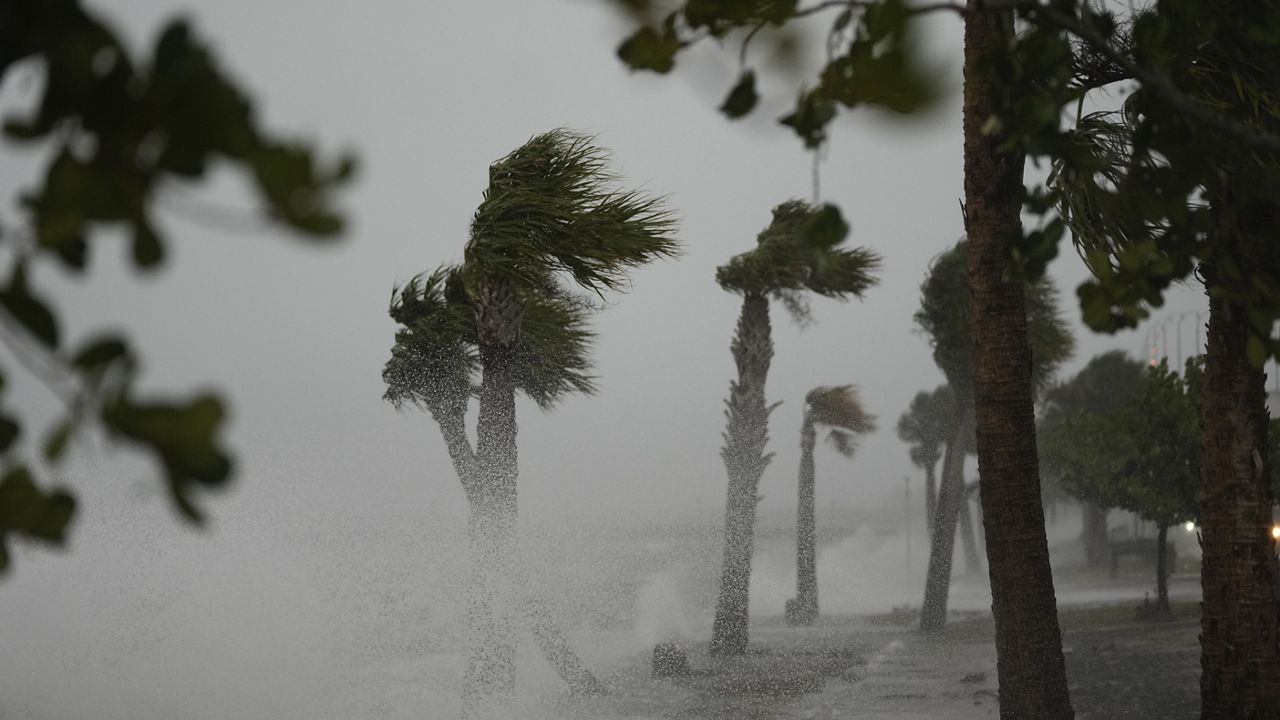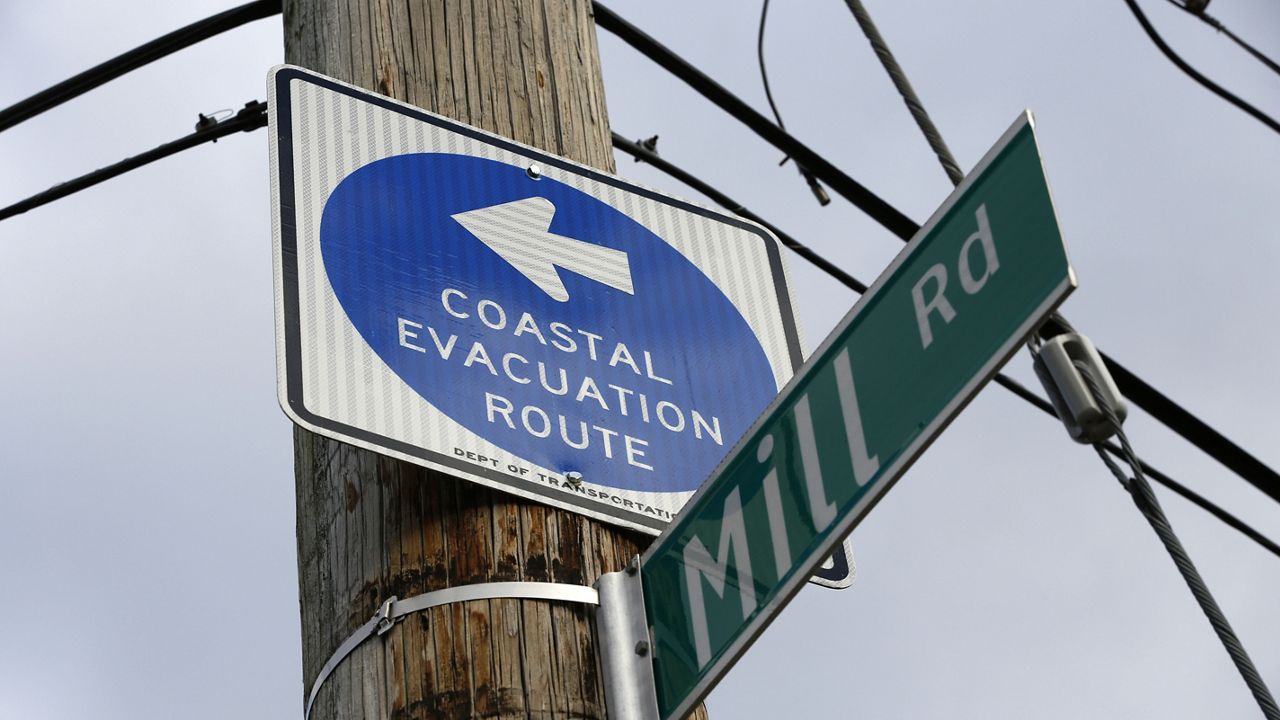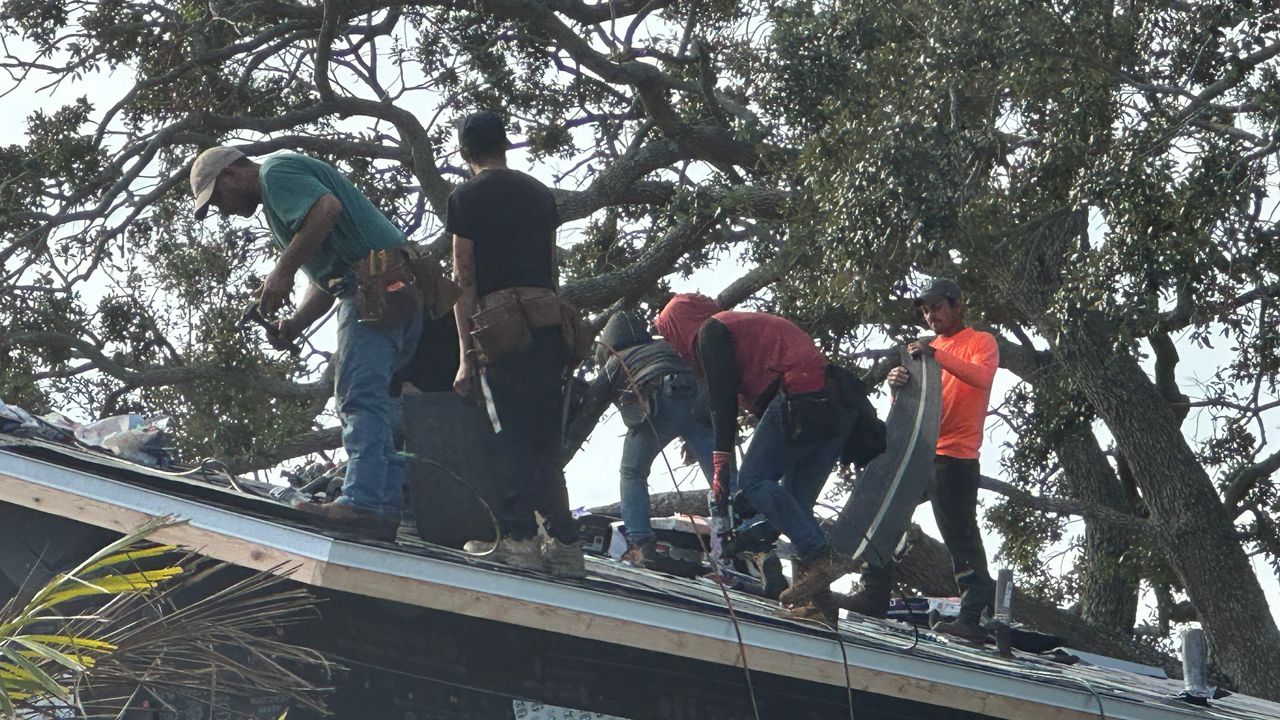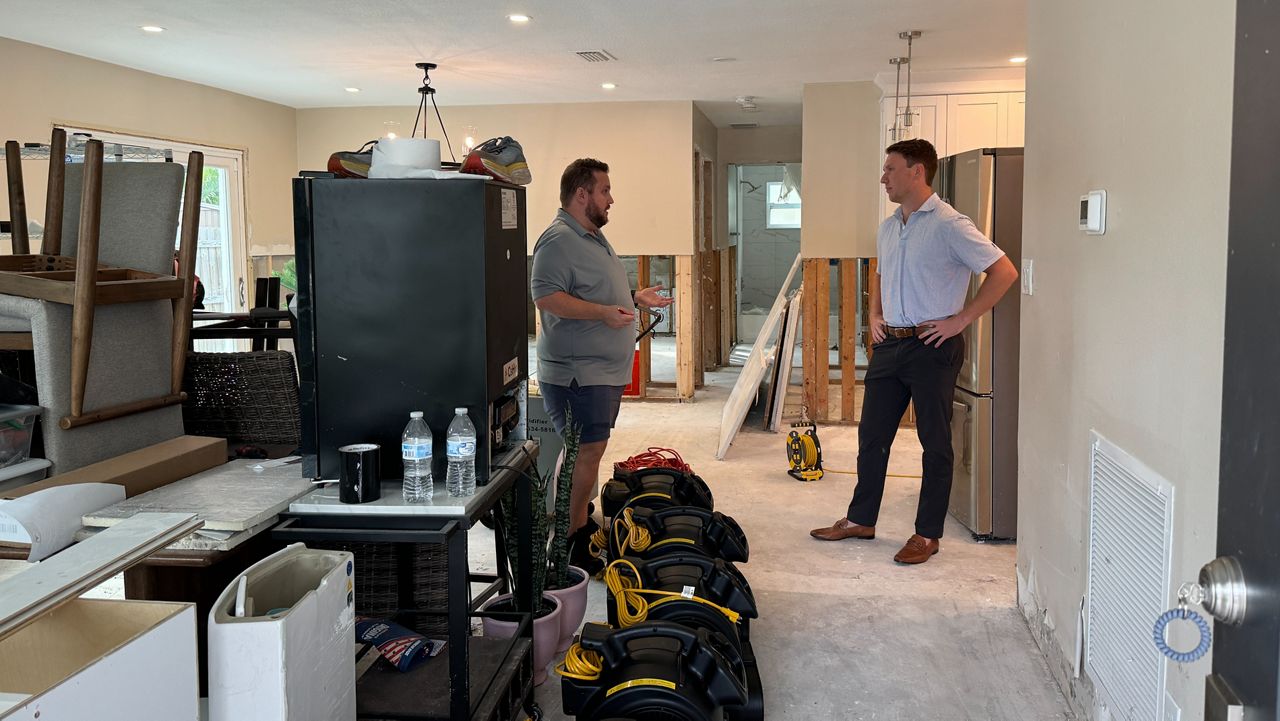TAMPA, Fla. — In Florida where tropical storms and hurricanes are an accepted part of life, seawalls are practically embedded into the state’s infrastructure.
What You Need To Know
- Seawalls are vital for protecting Florida properties from erosion during storms
- Soil instability and poor drainage can lead to seawall collapse
- Look for sinking pavers, soft grass spots, or sand mounds as warning signs
- Polyurethane injections can strengthen soil and prevent future problems
When Janet Truex noticed that areas in the ground around her seawall had softened and depressed, she worried there was a problem.
“We had planted an olive tree and there was a section again where the dirt was starting to go out,” Truex said. “Was it going underneath the seawall? Was it going to the neighbors’ and underneath their seawall? Where was this going?”
For the answer, she called Jay Silver, a Geotech construction expert who owns Helicon construction in Tampa.
The two most important things to think about when it comes to seawalls, Silver says, are soil stability and drainage.
“If you lose soil stability, that’s when you see catastrophic seawall collapse or complete failure where the wall could become weakened and fall over, or a storm pushes in on it and it doesn’t have the strength behind it,” he said.
Silver says although a seawall’s job is to prevent land and property from erosion caused by water, they aren’t impenetrable, and neither is the ground beneath them.
He suggests filling in any open spaces that may be in the soil.
“The process that we’re doing is a polyurethane injection. It permeates and seals up all those cracks and crevasses, fills voids and strengthens the soil permanently, he said.
So, how does one when it’s time to call an expert?
According to Silver, if pavers are starting to settle or sink down, or if along the seawall there’s grass and some places feel softer than others, those are indicators that something might be wrong.
“Another telltale sign — if you look on the water side of your wall and you see these little mounds of sand,” he said. “At the panel joint, you’ll see these little mounds of sand because that soil is eroding and making that little pile.”
Silver also advises against planting trees with complex root systems close to your seawall and if there is a pool nearby, he says, make sure there are no cracks in its foundation that could leak water into the ground.
Truex says she is glad she acted when she did. Her seawall has withstood storms for more than 20 years, and she would have hated to have something happen to it because of something that she’d missed.
“I think when you have a seawall you think you’re protected, but really depending on where you’re at there could still be seepage underneath that seawall,” she said. “Air pockets forming overtime, and this is like putting another seawall behind your seawall. So it reinforces what you’ve spent a lot of money on and makes it lasts that much longer,” she said.




